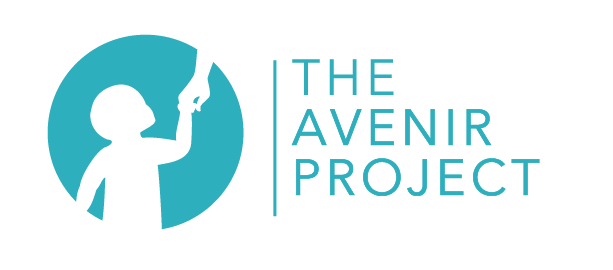Play to Heal
“Play is often talked about as if it were a relief from serious learning. But for children, play is serious learning.” — Fred Rogers
I have learned so much about play therapy alongside the therapists and caregivers that I have the pleasure to partner with. Children are often overlooked and their play dismissed, but in recent years, I have gained a profound appreciation for play and its function in children’s ability to learn new skills, process their emotions, and reflect their perspectives or feelings. So much can be conveyed through child-centered play—like a theatrical production, children put on a “show,” allowing themselves to externalize their feelings onto characters who can vividly demonstrate their perspectives or themes. (1)(2)
This is the reason why play therapy has been gaining so much traction and is now recognized worldwide as a validated therapeutic intervention when utilized in the context of a trained individual. (3) Of course, one major component for children being able to work through challenges, such as early neglect, is also to have involved, supportive, and safe caregivers. Having safe caregivers present is the first step toward children healing from exposure to difficult experiences. (4)
I once worked with a little boy who had experienced neglect early on in life and while in the playroom, he would take an animal and work through feeding him items that were not food. The little animal would spit out the items and proceed to be reprimanded by the little boy: “This is not food.” He continued doing this for weeks, until he felt it was no longer necessary.
Why would he play the same thing over and over again? Wouldn’t he get bored and want to move on? Not quite. Much like adults “talk,” children retell anecdotes about events repeatedly until it feels less scary and less sad, and their anxiety is reduced. Nothing may have changed about what happened, but they feel differently about it because they have “worked” through it. (5)
It’s not unusual for a child to initiate imaginary play about just about anything. To most adults, it might seem completely random and purposeless, but for children, play is their communication. Before we acquire the necessary skills to learn how to express our perspective and emotions, we learn how to express ourselves in play (6). We depict what we feel and how we experience the world. This is what Lisa Dion—a renowned play therapist and trainer—refers to as “the offering.” (7)
Dion explains that in “the offering,” children often set up the play so that the toys or the therapist in the room “feel” like they feel. In this way, children can share about how they experience the world. Often children “test out” environments to determine where it might be safe for them to use the toys to work through what they need to review. It is almost as if intrinsically they know they need to reenact some of these feelings to process them and are looking for the space to do so. This can often be in therapy.
For kids, play can take many forms, reenactments can take place with figurines, puppets, or using anything available to them. When a child is freely expressing themselves and working through themes of the past or current situations, their creativity and imagination allows them to find ways to perform their work. Music, movement and rhythm is an important part of this process, as kids often interweave movement into their work. Rhythm supports development, emotion regulation and nurtures connection. (8)
I think about the children in our partner orphanage in Côte d’Ivoire. Many of their stories have strokes of pain and were forged in loss and grief. Looking at their smiling faces, it might be hard to picture what they have been through. They may not even have the words yet to share and fully articulate their stories and feelings verbally. So how could we lean in and let them know we are here and are listening? Offering presence. Free, unstructured play is one of the ways children can feel heard and feel that adults are available. During my trip, it was evident that their needs were met and they were surrounded by caring adults they forged relationships with.
At the orphanage, I saw children laughing and playing around the courtyard and engaging with one another. Some children were especially talented using the drums and could tune into another's rhythm in such a way that they became one. I can only imagine that this kind of “oneness” may reinforce a sense of familiarity, belonging, and synchronization. Rhythm and movement offer a lot of relief and can even assist processing difficult experiences.
On one particularly rainy afternoon, the kids came out joyfully laughing and shouting as they ran in the rain and dove into big containers in the yard, which had captured rainwater. I wonder about the many creative ways that the kids in Côte d’Ivoire have found to express themselves through play in nature, with one another and with rhythm, as they move toward healing.
So next time you hear “play,” I hope that you think of the profound work that is happening.
NOTES
https://www.a4pt.org/page/PTMakesADifference/Play-Therapy-Makes-a-Difference.htm
https://www.nexusfamilyhealing.org/blog/why-caregiver-involvement-important-child-therapy
https://www.hearttoheartfamilycounseling.com/blog/how-is-trauma-play-different-than-regular-child-play, https://www.hearttoheartfamilycounseling.com/blog/how-is-trauma-play-different-than-regular-child-play
https://synergeticplaytherapy.com/therapist-important-toy-playroom/
https://utahplaytherapy.org/music-play-therapy-review-application/, https://static1.squarespace.com/static/5f83d9ed2bdb732e09d450ec/t/6052bc1f9317615851d94685/1616034858281/Neuroscience+Helps+Play+Therapists.pdf

